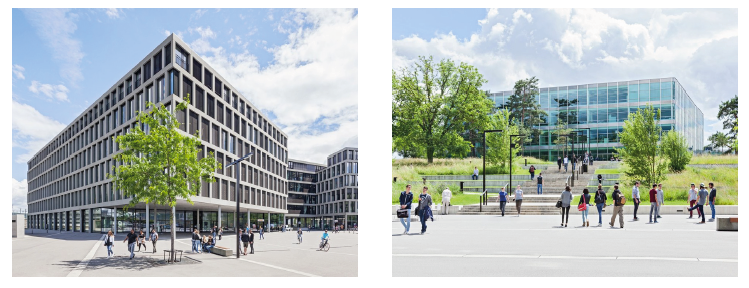| Segment | Research | Development | Production |
|---|---|---|---|
| Earth Observation | ✔ | ✔ | |
| Life and Physical Sciences | ✔ | ||
| Satellite-based Applications | ✔ | ✔ | |
| Instruments and Payloads | ✔ | ✔ | ✔ |
| Spacecraft and on-board Equipment | ✔ | ||
| Ground Segment | ✔ | ✔ | |
| Materials and Processes | ✔ | ✔ | |
| Structures | ✔ | ✔ | ✔ |
| Electronic Components | ✔ | ✔ | |
| Software | ✔ | ✔ | |
| Basic Research for Space Technology | ✔ | ✔ | |
| Small Satellite Activities | ✔ | ✔ |
Profile
FHNW is one of the few academic institutions in Switzerland capable of building complete space instruments. Leveraging this capability, it dedicates significant resources to advancing space research and development projects.Located near the borders of Germany and France, midway between Basel and Zurich, FHNW represents the cantons of Aargau, Basel, Basel-Landschaft, and Solothurn. This strategic position supports its contributions to space endeavors.
FHNW’s research program spans hardware and software development for space instrumentation, communication systems, ground systems, data analysis, and project management. Space projects require extensive multidisciplinary collaboration, and FHNW fosters strong partnerships with both national and international industry and academic stakeholders.
The School of Engineering and Environment leads numerous initiatives in space hardware construction, while the School of Computer Science focuses on flight and ground software development. Notably, it is the PI institution of STIX, the X-ray telescope aboard the Solar Orbiter mission. The School of School of Architecture, Construction and Geomatics focuses on Earth observations.
FHNW at a glance
- 10 schools
- About 13’000 students
- 29 bachelor and 18 master programmes
- 58 institutes

